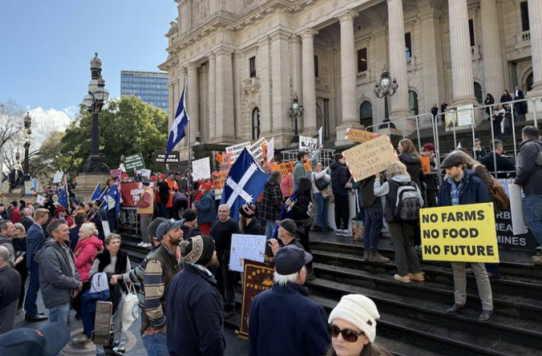The VNI-West high-voltage interconnector—Australia’s flagship electricity transmission project connecting Victoria’s renewable energy zones to New South Wales—has seen a dramatic escalation in projected costs. Originally estimated at approximately 1.8 billion Australian dollars, the price tag has now soared to a potential 11.4 billion. The Australian Energy Market Operator (AEMO) attributes this surge to global inflation in construction materials, labour shortages, updated technical specifications, and route adjustments made in response to community feedback. Despite being deemed critical for integrating large-scale renewables into the national grid, the project’s financial viability and implementation strategy have come under intense scrutiny.
This sharp cost increase has triggered public and political backlash. Industrial energy users warn that the higher capital costs could lead to sharp rises in electricity bills, both for manufacturers and households. Farmers and rural landowners along the proposed route have voiced strong opposition, citing lack of consultation, concerns over land access, and inadequate compensation. A recently passed state law permitting fines for landowners who obstruct transmission work has only heightened tensions. At the same time, critics are questioning AEMO’s role in both planning and promoting the project, calling for more independent oversight and transparency in the cost and impact assessments.
The VNI-West case reflects the complex interplay between climate infrastructure and the social license to operate. Building transmission lines at scale is essential for enabling a reliable, low-carbon energy future—but doing so without meaningful community engagement and equitable compensation undermines both trust and progress. As costs rise and public pressure grows, the long-term success of such projects will depend not only on technical efficiency, but on fair, transparent processes that involve local stakeholders from the outset. The path to decarbonization must be both economically and socially sustainable.

